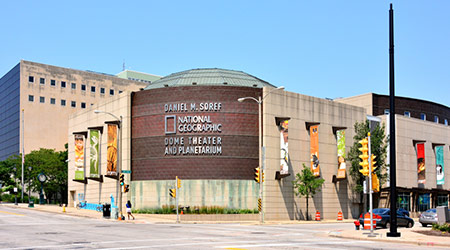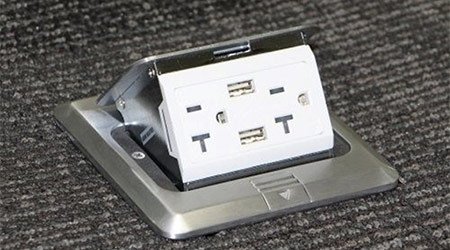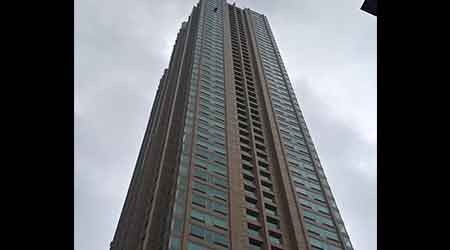
Will Deferred Maintenance Doom a City’s Museum?
August 27, 2019
Deferred maintenance can cause tremendous damage to institutional and commercial facilities. Failing to address the issue over the long term can lead to energy and water waste, failing doors and windows, and inefficient HVAC systems. But can it threaten the future of an entire facility?
While closing is not likely in the case of the troubled Milwaukee Public Museum, the organization’s officials must consider worst-case scenarios as they struggle to find funds to make long overdue repairs and upgrades to the 57-year-old, 400,000-square-foot facility.
The museum is at risk of losing its accreditation if this year's county budget does not include money to make necessary building repairs, according to Wisconsin Public Radio. Ryan O'Desky, the museum's chief operating officer and chief financial officer, painted a dire picture of the aging museum building for members of the Milwaukee County Board of Supervisors.
The two largest issues facing the museum are an aging air conditioning system and water leaks throughout the building. O’Desky told the county's Capital Improvements Committee that a 300-ton chiller needs to be replaced. The chiller cools the museum's 500,000 annual visitors during the summer months. More importantly, it keeps the museum's collections at the appropriate temperature, a requirement for accreditation.
Next summer, the American Association of Museums will visit Milwaukee so the Milwaukee Public Museum can receive its 10-year reaccreditation.
The chiller “is very important to reaccredit the museum and to keep the museum open when it does get warm out,” O’Desky says, adding the 30-year-old chiller shuts down two to three times per week. Replacement will cost about $850,000.
Another immediate problem is the fourth-floor roof.
"As we get heavier rains and snows, we are going to have to close our floor again, which does not allow our visitors to see a number of our collections that we have," O'Desky says. "We are very concerned because besides the third-floor leakage, it has started to seep into the second floor as well." Roof replacement is expected to cost more than $750,000.
Dan Hounsell is editor-in-chief of Facility Maintenance Decisions.
Next
Read next on FacilitiesNet












